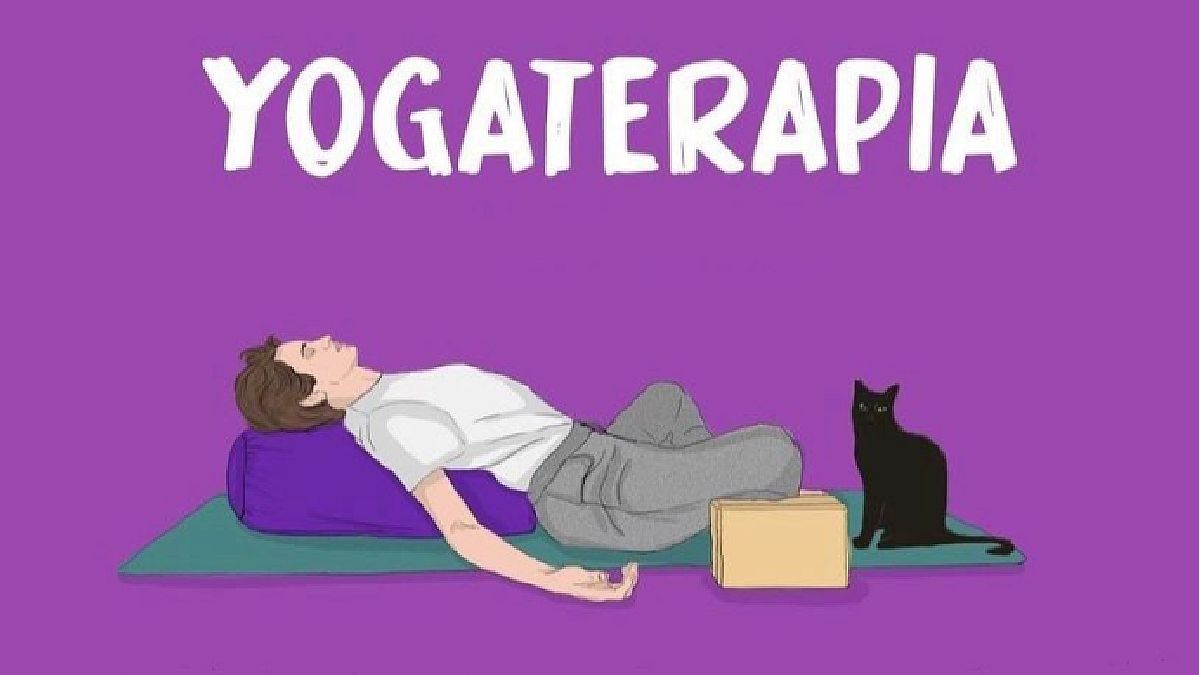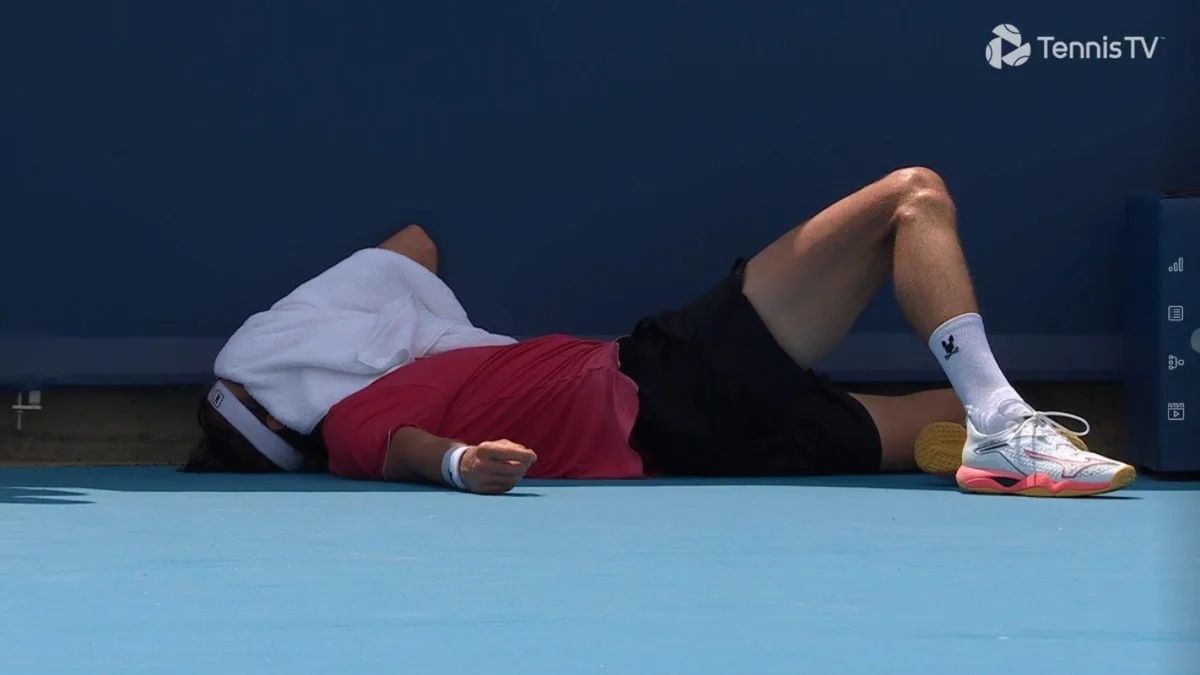Aníbal Scharovsky, kinesiologist and osteopath directs the Maas Yoga Faculty and is passionate about the spine. “The spine is a miracle that cannot be reproduced by man. The complexity of its conception and especially of its operation should amaze us every time we study it. And if we were left amazed, it is that we are distracted, “he said.. The column has to be able to match three seemingly contradictory functions:
- Be stable and solid.
- Stay flexible and dynamic.
- Protect the marrow.
All at the same time. And to be able to do it without losing any of its qualities or privileging one over another. Our spine must be able to flex when we bend down when lifting a boy, be firm to be able to hold ourselves in that position with him in our arms and in the middle of those flexions and twists guarantee that the thousands of “bare wires” of our nerves are not compressed or overstretched anywhere. A miracle that could not be reproduced by humans ”.
The discs are what give flexibility to the spine. They are composed of a gelatinous core covered by a fibrous structure and represent up to 25% of the height of the column. When the discs suffer, the damage begins in the fibrous structure around it that no longer contains its gelatinous nucleus, the substance that is in the center of the disc. This migrates abroad and there arises what is called a herniated disc.
Until this rupture of the disc does not reach the edge or compresses the nerve, the person does not feel pain and this process goes totally unnoticed, but the difficulties begin when the nerve is compressed, feeling pain when performing simple movements such as sitting, standing, bending over . The nerves in the lumbar spine run down the leg and can cause pain to radiate along the path of the spine or into areas far away such as the buttocks and leg.
Causes….
- Sedentary lifestyle and excessive hours sitting.
- Bad postures in general and sitting in particular.
- Lack of elongation in the legs and back
- Weakness of the abdominal muscles
- Abdominal or other organ problems that can also affect it
- The bad training of sports activities.
Yoga Friend or foe?
“When patients begin to visit specialist offices with their studies and their pain in tow, the subject of Yoga arises. A sedentary lifestyle or bad training come to the surface and the question is: is Yoga going to help me or can it make me worse? And here there is still a debate in the medical world. In this debate, two problems can arise as a result of ignorance: the doctor who is unaware of Yoga, never practiced and only has prejudices or fears. And that of the teacher who is not well trained and approaches a student with a pathology without having sufficient training “, indicated the specialist.
And he added: “For this reason it is very important that there are specialized training and teachers in Yoga therapy or therapeutic Yoga. And that they are trained by specialists who bring information from other specialties to broaden the traditional view of Yoga “
According to the kinesiologist Scharovsky, “The idea is not to replace traditional rehabilitation but to enrich and complement it with a more active approach that allows that person to incorporate healthy habits that take him out of the bad state prior to injury and allow him to know his body and transform it before the next crisis. That is why Yoga and herniated discs, in the hands of expert professionals, can be great friends ”.
Yoga, in addition to its multiple “mechanical” benefits, generates a very important anti-stress effect thanks to meditation, a great contribution is the management of posture. Through yoga, body awareness, posture, control, balance, flexibility, elasticity are worked, each of these movement patterns are essential for a healthy back.
yoga sunset_1200.jpg
Through improved body strength, flexibility, and muscle tone, it can help relieve and prevent back aches and pains that often develop into serious chronic conditions. It reduces a large part of the ailments during the daily practice of asanas, achieving strength and flexibility of the muscles of the spine and ligaments.
“Yoga is a complete activity that lengthens what is shortened, tones what is weak and increases your body awareness by teaching you to align your back. It is an ideal activity to remove spider webs from our joints and neurons ”, remarked Aníbal Scharovsky
“The main enemies of the spine are sedentary lifestyle, muscle shortening, abdominal weakness and stress. Yoga takes care of all of them bringing pleasure and increasing the general health and resilience of those who practice it! “
Yoga helps:
- Improve muscle tone in the area of the spine and abdominal center.
- Work on postural muscles.
- Gain flexibility and elasticity in tight areas.
- Opening of the intervertebral spaces – a natural traction according to the person
- Significant pain relief by generating pressure changes in the disc
- Re-learn to move
- Reduce stress that is a great factor in these pains
“When students come with this pathology, the first thing we have to think about is the type of ailment they have. If it hurts in flexion (when sitting) or if it is in extension (when walking or standing) in order to determine what type of asanas you will be able to perform to relieve discomfort and re-educate the mental map, being aware of these movements . At first the exercises will be gentler and the postures passive, then you can practice extension, toning and flexing postures. It is important, in Yoga therapy, that the student does not feel pain under any circumstances ”, he said.
Asanas that soothe: The postures will help you align your back, stretch your posterior muscles, and tone your abdominal and back muscles.
Although these postures are generally beneficial, it is important to clarify that all of these should be evaluated by a well-trained teacher in Yoga therapy since they can all have positive or negative consequences depending on who does them, at what time of their condition, with what intensity and for how much. weather. In case of severe acute pain, it is advisable not to perform postures without the supervision of a competent professional.
Some of the main ones are:
- Adho mukha svanasana (Downward Facing Dog): a classic that consists of stretching the back of the body and the muscles that help the lower back where the spine rests. This posture is very important because of its complete approach to the posterior myofascial chain.
- Reply (Child Pose): This is an active stretch that helps elongate the back of your back. It’s relaxing .
- marjaryasana (cat and cow or happy and angry cat). It makes the lumbar spine more flexible and maintains joint range. It is generally suitable for everyone and is excellent.
- Ardha Uttanasana (half table). Ideal for the elongation and eccentric activation of the posterior myofascial chain. Well managed it can be a master key of the column!
Source From: Ambito
David William is a talented author who has made a name for himself in the world of writing. He is a professional author who writes on a wide range of topics, from general interest to opinion news. David is currently working as a writer at 24 hours worlds where he brings his unique perspective and in-depth research to his articles, making them both informative and engaging.




